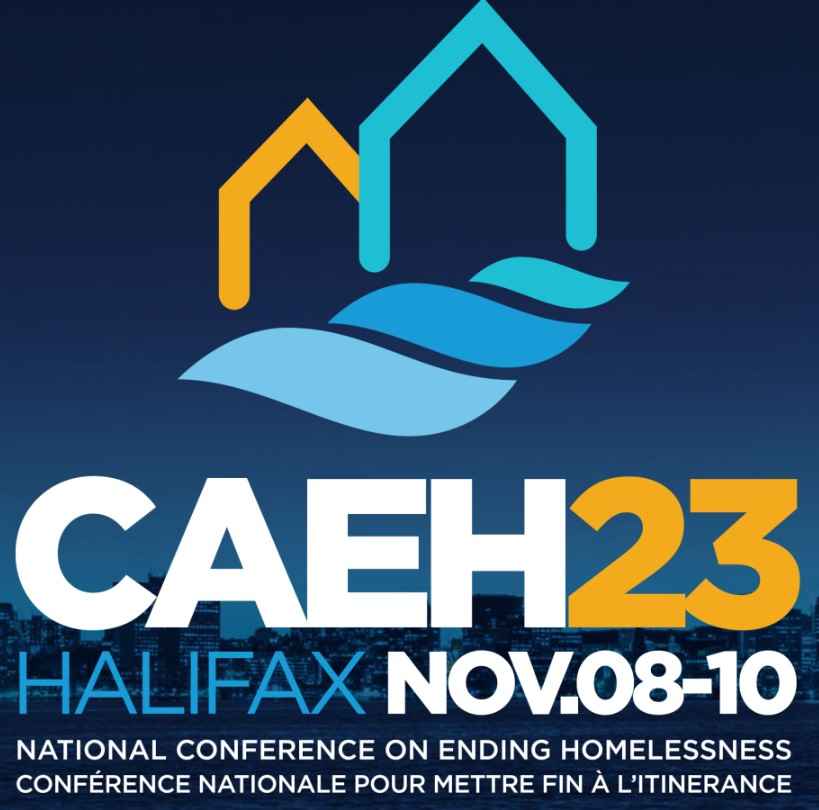
And that's a wrap on #CAEH23. Here's the highlights of what I learned this year:
- The proportion of people experiencing chronic homelessness, nationally, rose from 60% of respondents in 2018 to 70% of respondents in 2020-2022, according to national PIT Count data. @Sajidul Quayum Watch: https://www.youtube.com/watch?v=bV-nY6n8p28
- Every $1 investment in indigenous housing annually results in a 740% social return on investment @Margaret Pfoh Watch: https://www.youtube.com/watch?v=DypXY3gdB7Y
- Check out the Thompson Model. In Thompson, Manitoba, the Lived Experience Circle makes the decisions about coordinated access, policy, and funding, on their own. Service providers come to them to provide advice and context, but the Lived Experience Circle makes the final decision, after everyone else has left the room. Isn't that awesome? Everyone was talking about it! Watch: https://www.youtube.com/watch?v=2pnHeD62Qf0
- Our National Housing Strategy needs improvement. Only 3% of homes constructed under the Rental Construction Financing Initiative, which accounts for 40% of the funding under the National Housing Strategy, go to families in core housing need. "It is not clear that the National Housing Strategy will reduce the prevalence of housing need relative to 2017 levels." @Kaitlin Schwan Watch: https://www.youtube.com/watch?v=bV-nY6n8p28
- Looking for a really great tool to assess the housing needs in your community? Check out the Housing Needs Assessment Tool! @Carolyn Whitzman Watch: https://www.youtube.com/watch?v=bV-nY6n8p28
- One of the challenges about rural homelessness is a lack of data, but "data is a tool to humanize the experience of rural homelessness" according to @Alisha Christie
- “Money is life energy that we exchange and use as a result of the service we provide to the universe.” (Deepak Chopra) It's not a dirty word. You don't need to feel guilty about fundraising. @Elisabeth Noble Watch: https://www.youtube.com/watch?v=Cm5Ktkw2ROE
- The FirstConnect program in Waterloo successfully diverts about 68% of callers @Laura Coakley. Watch: https://www.youtube.com/watch?v=eE-8IUAk_6w But despite this, diversion is not:
- Gatekeeping access to the shelter system
- An added step in the process of accessing shelter
- Too bureaucratic
- A requirement to provide proof of shelter eligibilty
- Whenever they develop a new report pulling data from HIFIS, they offer drop-ins for service providers to come in, run the report, ask questions about how it works, and validate the results. This is a great idea to help demystify your data! @Laura Stanford Watch: https://www.youtube.com/watch?v=rWztdKBJFAI
- And last but certainly not least, 57% of Canadians are worried about homelessness and poverty. It's the 3rd most important issue on the minds of Canadians, behind only the cost of living and healthcare. @David Coletto You're not alone! So what can you do about it? Call your local councillor. Call your local MPP. Call your local MP. Tell them you are concerned about homelessness in your community. Ask what their government is doing to solve the housing crisis. And tell your friends to do the same. This is going to be a big issue for the next federal election, so now is the time to take action! Watch: https://www.youtube.com/watch?v=140jFwFfr9s
Also if you weren't able to make it, here are my presentations:
- You're probably lying about homelessness (pdf) and (recording)
- What data should we collect? (pdf) and (recording)
That's it for now, I'm beat. See you all next year in Ottawa!

Comments